Recycled PET fabric
RPET fabric is a new type of environmentally friendly recycled fabric. Recycled PET Fabric, also known as recycled PET fabric.
The yarn is extracted from recycled mineral water bottles and Coke bottles (also known as Coke bottle environmentally friendly cloth), plastic bottles (600cc) = carbon reduction 25.2g = fuel saving 0.52cc = water saving 88.6cc.
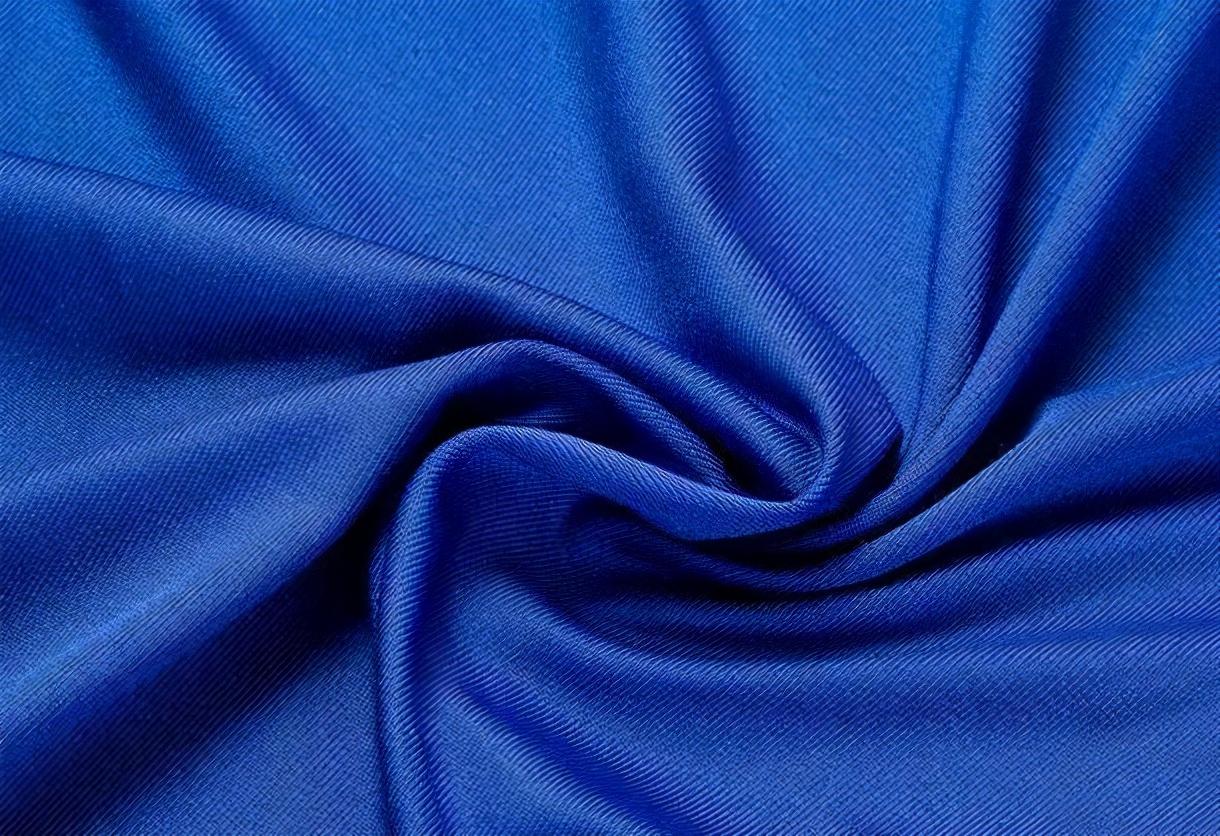
Each ton of PET yarn can save 6 tons of oil, which has made a certain contribution to reducing air pollution and controlling the greenhouse effect.
Because it is a new type of green, renewable and environmentally friendly fabric, its low-carbon source has made a huge contribution to saving petroleum resources and protecting the ecological environment.
Therefore, it is very popular abroad, especially in developed countries in Europe and the United States. It is widely used in vests, shirts, skirts, children’s clothing, silk scarves, cheongsams, ties, handkerchiefs, home textiles, curtains, pajamas, bows, gift bags, sleeves, fashion umbrellas, pillowcases, pillows, etc.
Ordinary polyester fabric
Polyester is polyester fiber, invented in 1941 Year, it is an important variety of synthetic fibers.
Polyester is made of pure terephthalic acid (PTA) or dimethyl terephthalate (DMT) and ethylene glycol (MEG) through esterification or Produced by transesterification and polycondensation reactions. polymer.
The biggest advantage of fibers made by spinning and post-processing is their good wrinkle resistance and shape retention.
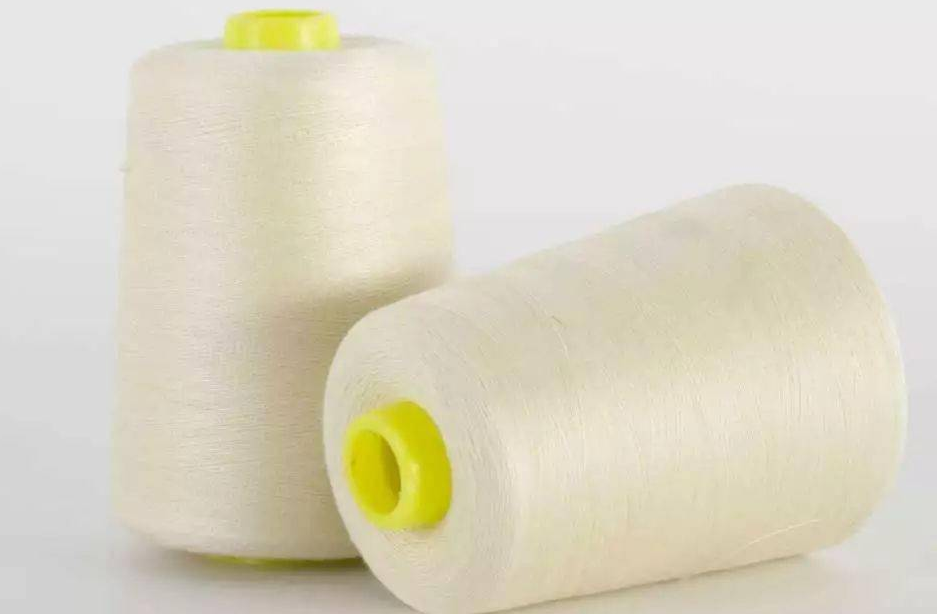
As we all know, ordinary polyester yarn is made from petroleum.
Ordinary polyester fabric: It is ordinary polyester (POLY), and its chemical name is polyethylene terephthalate (PET).
Its tensile breaking strength and tensile breaking elongation are higher than cotton fiber, and it has good heat resistance and thermal stability.
Due to its many excellent properties, it is widely used in clothing, home textiles, decoration and industrial products. Its rapid development speed and high output are called the “Crown of Chemical Fibers”.
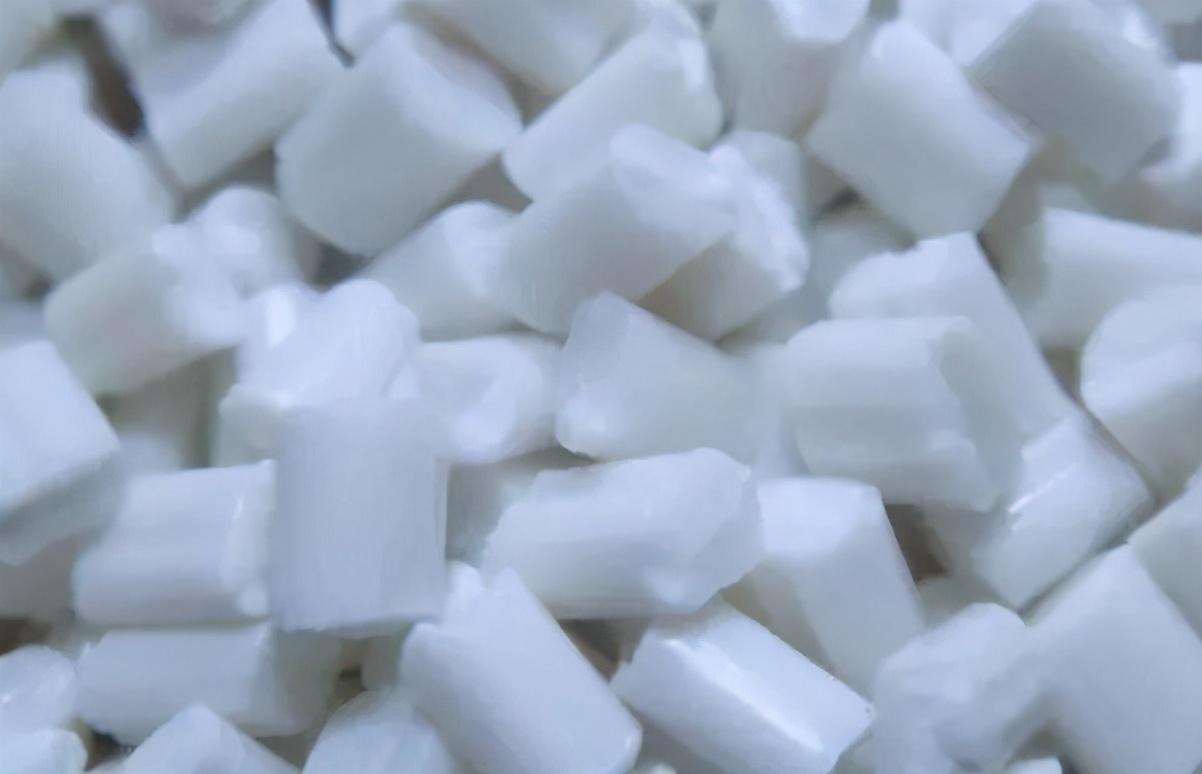
But the most common polyester fabrics have the following characteristics:
1. High intensity. The strength of short fiber is 2.6~5.7cN/dtex, and the strength of high tenacity fiber is 5.6~8.0cN/dtex.
2. Due to its low hygroscopicity, its wet strength and dry strength are basically the same.
3. The impact resistance is 4 times higher than nylon and 20 times higher than viscose fiber.
4. Good flexibility. The elasticity is close to that of wool, and it can recover almost completely when stretched by 5% to 6%.
5. The wrinkle resistance is higher than that of other fibers, that is to say, the fabric does not wrinkle and has good dimensional stability.
6. The elastic modulus is 22~141cN/dtex, which is 2~3 times that of nylon. Polyester fiber has high strength and elastic recovery ability, so it is durable Durable, wrinkle-resistant and non-iron.
7. Heat-resistant polyester is produced by melt spinning, and the fiber formed by heating and melting it again is a thermoplastic fiber. Polyester has a higher melting point, but smaller specific heat capacity and thermal conductivity, so polyester fiber has higher heat resistance and insulation. It is the best among synthetic fibers.
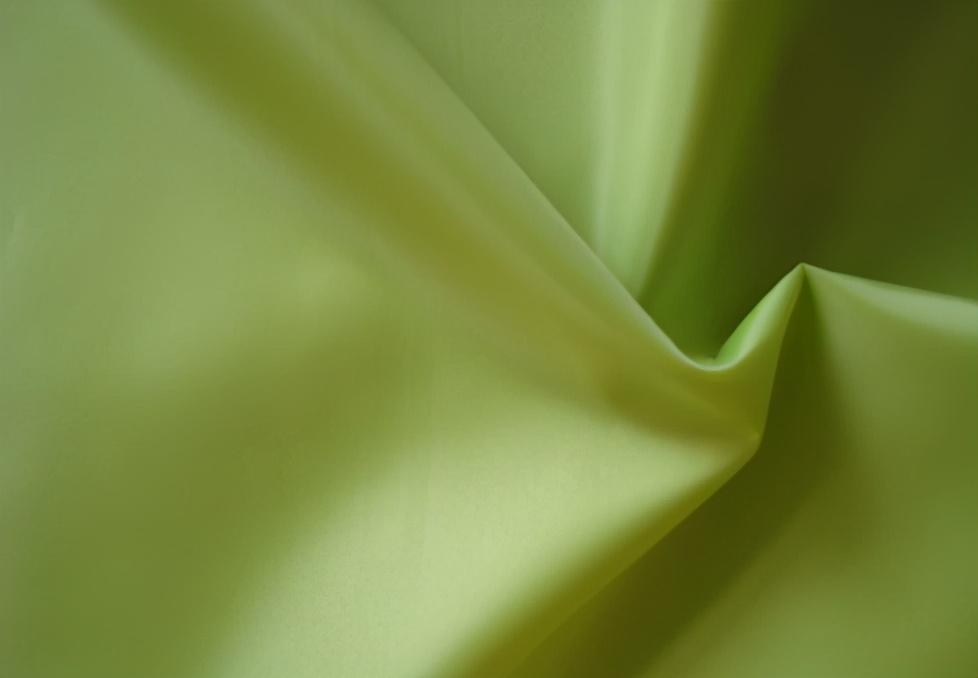
8. Good thermoplasticity but poor melt resistance. Because of its smooth surface and closely packed interior molecules, polyester is the most heat-resistant fabric among synthetic fibers.
9. It is thermoplastic and can be made into pleated skirts with durable pleats. At the same time, polyester fabrics have poor melt resistance and tend to form holes in the presence of soot and sparks. Therefore, try to avoid contact with cigarette butts and sparks when wearing it.
10. Good wear resistance. The abrasion resistance is second only to nylon, which is the most abrasion resistant and better than other natural and synthetic fibers.
11. Good light resistance. Lightfastness is second only to acrylic fiber. The light resistance of polyester fabric is better, but not as good as acrylic fiber, and its light resistance is worse than that of natural fiber fabric. Especially the lightfastness behind the glass is very good, almost as good as acrylic.
12. Preservatives. It is resistant to bleaches, oxidizing agents, hydrocarbons, ketones, petroleum products and inorganic acids. It is resistant to dilute alkali and is not afraid of mold, but hot alkali will cause it to decompose. It also has strong acid and alkali resistance and UV resistance.
13. Although the stainability is poor,But the color fastness is good and it is not easy to fade. Since there are no specific dyeing groups on the molecular chain of polyester and its polarity is small, it is difficult to dye and easy to dye, and the dye molecules cannot easily enter the fiber.
14. It has poor hygroscopicity and feels stuffy when worn. It is easily contaminated by static electricity and dust, affecting its appearance and comfort. However, it dries very easily after washing, has almost no loss in wet strength, does not deform and has good washing and wear properties.
The difference between recycled polyester and ordinary polyester
Different performance
1. The strength and other properties of recycled polyester fiber are poor.
2. The strength and other properties of polyester fiber are relatively good.
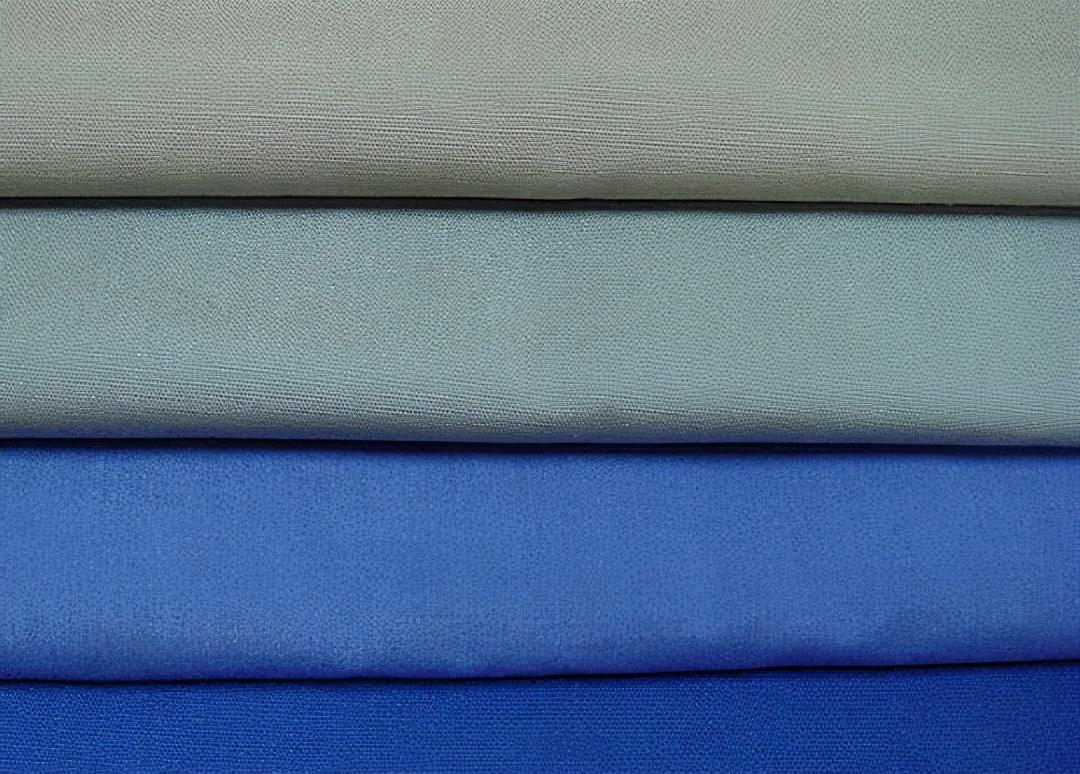
Different raw materials
1 , Recycled polyester is made of recycled materials (PET bottle flakes, foam materials, etc.), which are then granulated and then drawn into fibers.
2. Polyester is made of chemical raw materials PTA and MEG, which are polymerized, esterified and drawn into fibers.
Polyester yarn refers to yarn spun from polyester. Polyester is a type of fiber made by spinning polymers. Currently, it mostly refers to ethylene phthalate. The fiber produced from raw materials is abbreviated as “PET” fiber according to the abbreviation of the English name of its raw material “polyethylene terephthalate”. It is commonly known as polyester in my country.
Recycled polyester staple fiber uses polyester fabrics, waste polyester bottle flakes, spinning waste, foam materials, and pulp blocks as raw materials. The waste bottle flakes are crushed and cleaned to produce various materials. The mixture is dried, melt extruded, spun, wound, bundled, drafted, crimped, relaxed and heat set, and cut to form polyester staple fibers of different lengths.
Comparing the two: environmentally friendly polyester not only has the advantages of ordinary polyester, but also tends to be green and environmentally friendly. More suitable for our customers.







